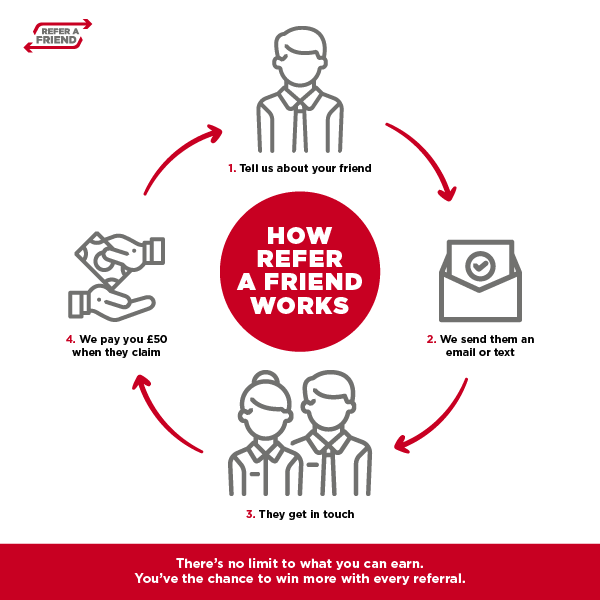Consumer’s driving 10.7% increase in spend
Tuesday 27th February 2024
The latest analysis by finance experts, RIFT, has revealed that while the cost of living remains high, an increase in household spend appears to be driven by consumer choice rather than necessity, with restaurants, clothing and recreation driving a return to pre-pandemic spend levels.
The analysis of ONS data by RIFT shows that the average household spend had been in decline since the pandemic, initially falling by -0.7% in 2020 and then by a further, far more notable, -18.1% in 2021.
As a result the average weekly expenditure of UK households sat at £482, down from £592 in 2019.
However, this figure has been climbing, with the high cost of living and increasing interest rates no doubt being a factor.
In fact, the average weekly household spend increased by 9.8% to £529 in 2022 and is estimated to have climbed by another 10.7% in 2023. As a result, the average household spend now sits at £586, close to the pre-pandemic benchmark.
However, the analysis by RIFT also suggests that while the cost of living remains high and many products have seen an annual increase in price, it’s consumer choice that is driving this increase in household spend rather than necessity.
RIFT’s analysis shows that of the key components used to compile household expenditure , it’s the restaurant and hotel category that has seen the largest increase in spend, up 47.4% between 2022 and 2023.
Spending on clothing and footwear is also up by 38.6%, while there has been a 37.1% increase in spending on recreation and culture and a 12.1% jump in spend on miscellaneous goods and services.
Household goods and services also make the top five increase with spending up 17.6%.
Of course, while households may be spending more on less essential items, it’s important to note that the increased cost of goods will also be influencing the increase seen in household spending, as highlighted by further analysis from RIFT using additional data from the Office for National Statistics's consumer shopping basket
For example, within the restaurants and hotel category, items such as whiskey (+15.5%), gin (+14.8%) and draught fizzy drinks (+12.3%) have seen a double digit jump in price in the last year alone.
Kids clothing has seen some of the largest increases within the clothing and footwear category, with boy’s t-shirts (+22.7%), childrens pyjamas (+18.8%), kids jumpers (+18%) and girl’s trousers (+17.6%) all seeing notable increases.
Within the recreation and culture category, dog food (+16%) and their annual booster injections (+14.3%) are driving up costs, along with theatre tickets (+11.8%).
Fabric conditioner (+15.7%) and curtains (+15.6%) have seen the biggest cost increases when it comes to household goods and services, while sunscreen (+13.1%), liquid soap (+13%) and women’s hair dye (+12.4%) have seen the largest increases within the miscellaneous goods and services category.






